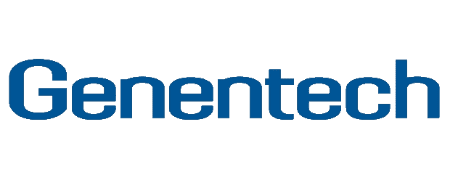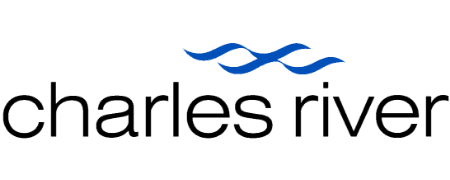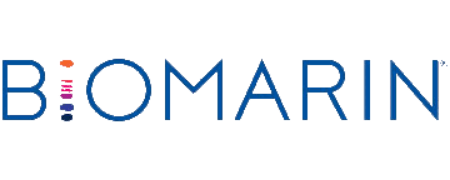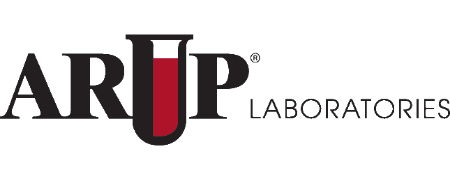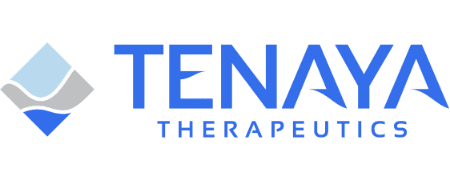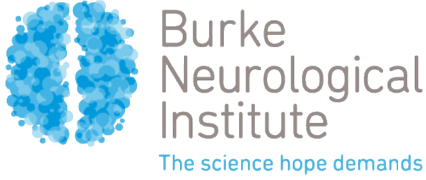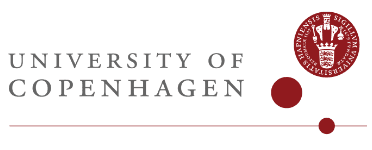Introduction to AAV
Adeno-associated viruses (AAVs), from the parvovirus family, are small viruses (22 nm) that are replication-defective, non-enveloped, and with a genome of single stranded DNA.
AAVs are non-pathogenic, as 80-90% of humans are sero-positive with AAV2.
In contrast to adenoviruses, most people treated with AAV will not build an immune response to remove the virus and the cells that have been successfully transduced by it.
Gene therapy vectors using AAV can infect both dividing and non-dividing cells and persist in an extrachromosomal state without integrating into the genome of the host cell.

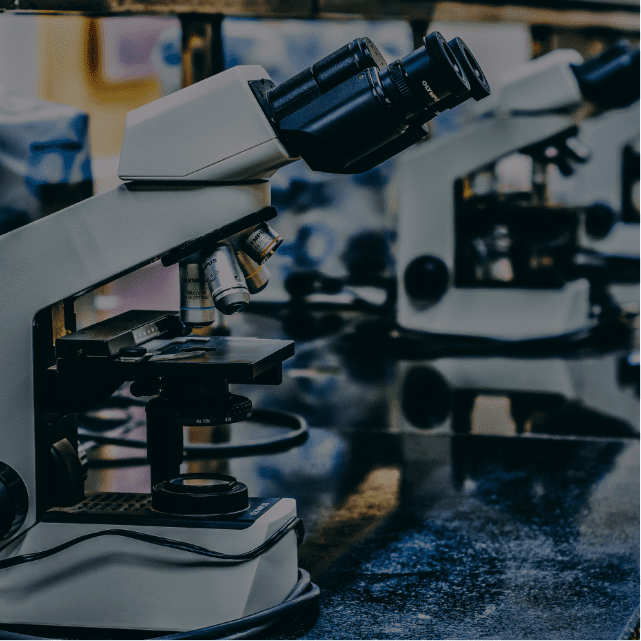
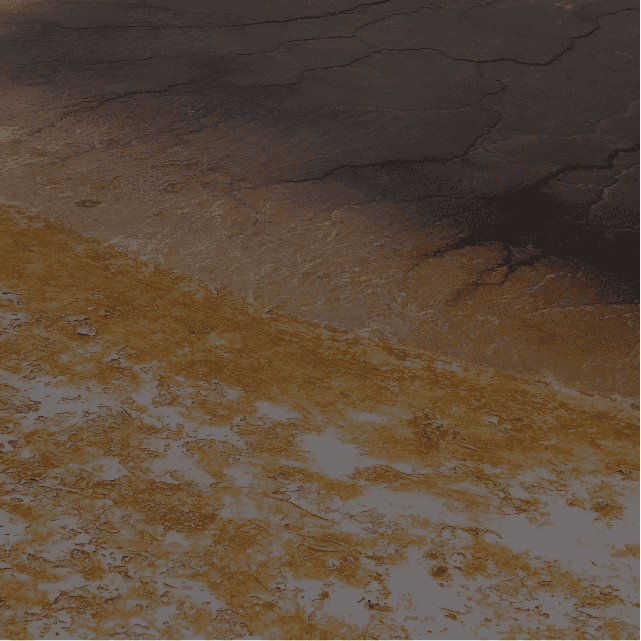
BAC-to-AAV
World’s Most Efficient Large-Scale AAV Manufacturing System, in GLP and Pre-GMP
Virovek has developed a patented BAC-to-AAV technology that utilizes the baculovirus expression system to produce AAV vectors in insect cells under serum-free condition.
Available in GLP grade, as well as in seed stock and pre-GMP preparation tailored to customer requirement.
Recognized as the world’s most powerful and efficient AAV production platform, Virovek has the capability to generate over 3e+16vg of AAV vectors with a single production run, unmatched by any other AAV production system.
Alternatively, check out here for our AAVs in HEK293 cells.
Three Key Steps to Generating
Your Custom-Made AAV Vector
Sub-clone your gene of interest (GOI) into Virovek’s AAV shuttle vector
We will design the best cloning strategy, sub-clone your GOI into our AAV shuttle vector, and perform sequence analysis to verify the integrity of your GOI.
Generate baculovirus containing your GOI
We will then generate bacmid DNA containing your GOI, purify the bacmid DNA, transfect Sf9 insect cells to produce recombinant baculovirus containing your GOI, and then amplify the recombinant baculovirus.
Produce AAV vectors containing your GOI
Finally, we will double infect Sf9 cells using the amplified recombinant baculovirus containing your GOI and another recombinant baculovirus containing the Rep-Cap genes of your choice to produce recombinant AAV vectors containing your GOI, purify the recombinant AAV vectors, perform qPCR to determine the viral titer, and perform SDS-PAGE to verify the purity of AAV vectors.
Three Key Steps to Generating Your Custom-Made AAV Vector
Sub-clone your gene of interest (GOI) into Virovek’s AAV shuttle vector
MORE
We will design the best cloning strategy, sub-clone your GOI into our AAV shuttle vector, and perform sequence analysis to verify the integrity of your GOI.
Generate baculovirus containing your GOI
MORE
Produce AAV vectors containing your GOI
MORE
AAV Production Timeline
Patented Toxin-Based
Cell Ablation Technology, available for licensing
Virovek has developed the world’s first and only manufacturing system to produce viral vectors harboring toxin genes. This patented technology also utilizes the same baculovirus expression system to produce AAV vectors in insect cells under serum-free condition.
The toxin genes are deactivated during the production process, and only reactivated once the AAV-toxin vectors are produced. Using promoter-specific and/or capsid-specific AAaV vectors harboring toxin genes, this cell ablation technology is able to hone in on and destroy specific subsets of cells within a larger tissue sample or organ.
As a result, this toxin-based cell ablation technology can be used to study the functionality of particular types of cells, as well as for therapeutic purposes by targeting diseased cells.
The world’s first to produce viral vectors harboring toxin genes. Using promoter-specific and/or capsid-specific AAV vectors harboring toxin genes. Cancer cell killing effects of these AAV-toxin vectors in vitro.
We have successfully demonstrated the cancer cell killing effects of these AAV-toxin vectors in vitro. In vivo testings of these AAV-toxin vectors in different animal cancer models are now underway.
All of our proprietary technologies are available for non-exclusive licensing. Please inquire for details.
Safety & Storage
AAV vectors are considered risk group 1 agents (not associated with disease in healthy adult humans) according to the National Institutes of Health.
Short-term storage
AAV vectors are stable at room temperature and 4°C. You may elect to have us ship your vectors on Ice Packs at 4°C.
Long-term storage
Keep AAV vectors at -80°C. Do NOT store at -20°C. Research suggests that long-term storage at -20°C is not necessarily effective, and may result in decreased transduction efficiency of the virus when it is removed from storage, thawed, and used. You may elect to have us ship your vectors on Dry Ice at -80°C.
Additional AAV handling
Our AAV vectors are not considered Hazardous Materials by Federal OSHA or CalOSHA, and are not legally required to come with a Safety Data Sheet (SDS). However, we would like to provide relevant information on recommended handling practices and safety. This data sheet may be helpful if you anticipate difficulties with product identification in international shipping requirements, or within your organization. Please click on the title below to view the document.
AAV Storage and Handling Information
Our AAV vectors are not considered Hazardous Materials by Federal OSHA or CalOSHA, and are not legally required to come with a Safety Data Sheet (SDS). However, we would like to provide relevant information on recommended handling practices and safety. This data sheet may be helpful if you anticipate difficulties with product identification in international shipping requirements, or within your organization. Please click on the title below to view the document.
Partners & Customers
|
AAV Serotype |
Retina |
Heart |
Liver |
Lung |
CNS/Brain |
Skeletal Muscle |
Other |
|---|---|---|---|---|---|---|---|
|
AAV1 |
X |
X |
|||||
|
AAV2 |
X |
X |
|||||
|
AAV2-Retro |
X |
||||||
|
AAV3A, 3B |
X |
||||||
|
AAV4 |
X |
X |
|||||
|
AAV5 |
X |
X |
Immune system |
||||
|
AAV6 |
X |
X |
X |
Immune system, pancreas |
|||
|
AAV7 |
X |
X |
X |
||||
|
AAV8 |
X |
X |
X |
||||
|
AAV9 |
X |
X |
|||||
|
AAVShH10 |
X |
||||||
|
AAVrh10 |
X |
X |
X |
||||
|
AAV7m8 |
X |
||||||
|
AAVDJ |
X |
X |
X |
Kidney, cervix, ovary, skin, fibroblast |
|||
|
AAVphp.b |
X |
||||||
|
AAVphp.eb |
X |
||||||
|
AAV10 |
X |
X |
X |
X |
kidney, uterus |
||
|
AAV11 |
X |
X |
X |
kidney, spleen, stomach |
Serotype 2 generally tranduces cells more effectively in vitro than other serotypes
All other serotypes transduce cells more effectively in vivo

